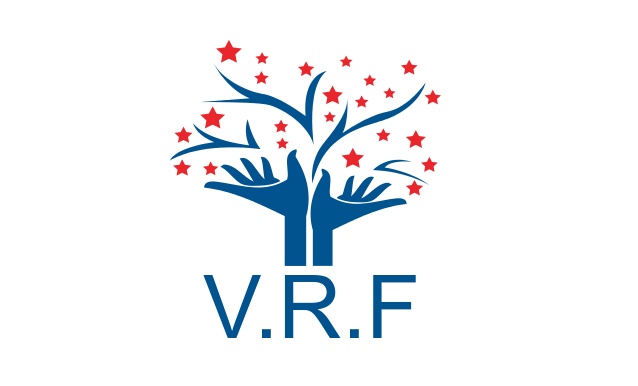What is a VRF?
Many times I’ve been asked by people both in and out of the networking field questions about VRFs. What is a VRF and how is it used?
Definition:
VRF is an Acronym
The definition of the VRF acronym is Virtual Router and Forwarder.

Virtualization and networking
In networking we’ve been doing virtualization for quite a while. Think of virtual in the same sense of a Virtual Machine and think of a router or switch as a Hypervisor or Host.
Break it apart
An easy way to think of a VRF is by looking at a VRF as it’s own router. What a VRF does is splits up routing between two different parts of a network. For instance, a network may have a public and private zone. When this occurs you may have 3 different VRFs.
- Management VRF
- Public VRF
- Private VRF

Without a VRF we would end up with 3 different routers. The whole point of VRF technology is to save money and instead of buying 3 routers, we only need one router.
Security with VRFs
Typically in networking, we view security in a sense of, if you can’t talk to it, then you can’t break into it. With VRFs this limits the ability for something in one VRF to talk to something in another VRF (there are exceptions here like route leaking but for the most part this is the case).
VRF terminology in Cisco, Cumulus, Juniper, and Linux
Cisco: vrf
Cumulus: vrf
Juniper: routing-instance
Linux: route table
Contributing:
As always if you know of something that I’ve left out or if you have any suggestions drop me a comment and I will modify this post as to help the next person that stumbles across this blog.

[…] VRF route leaking […]